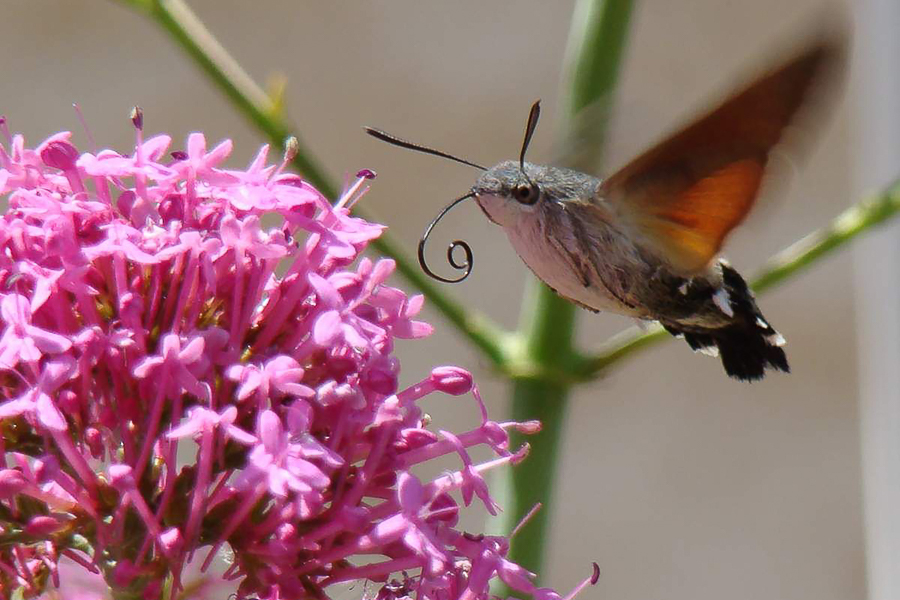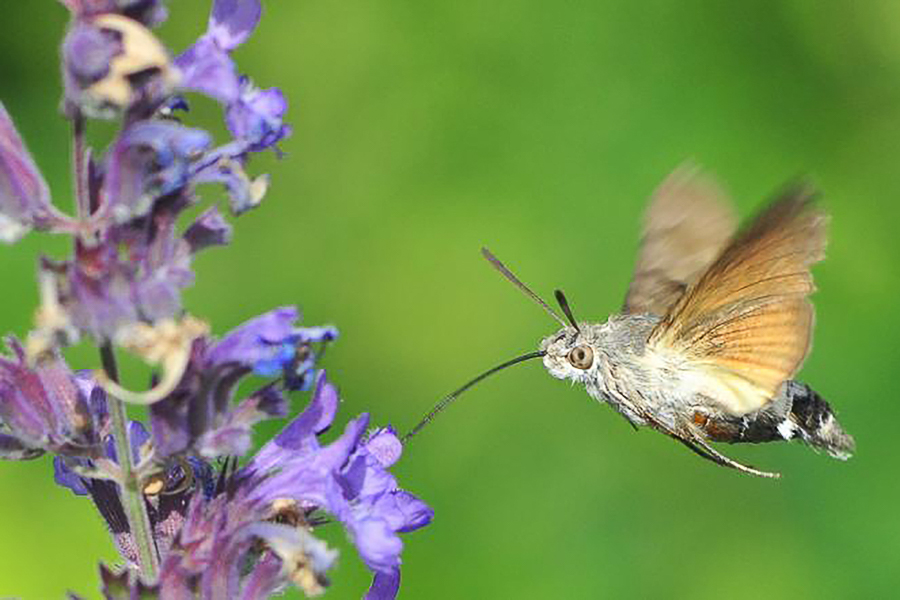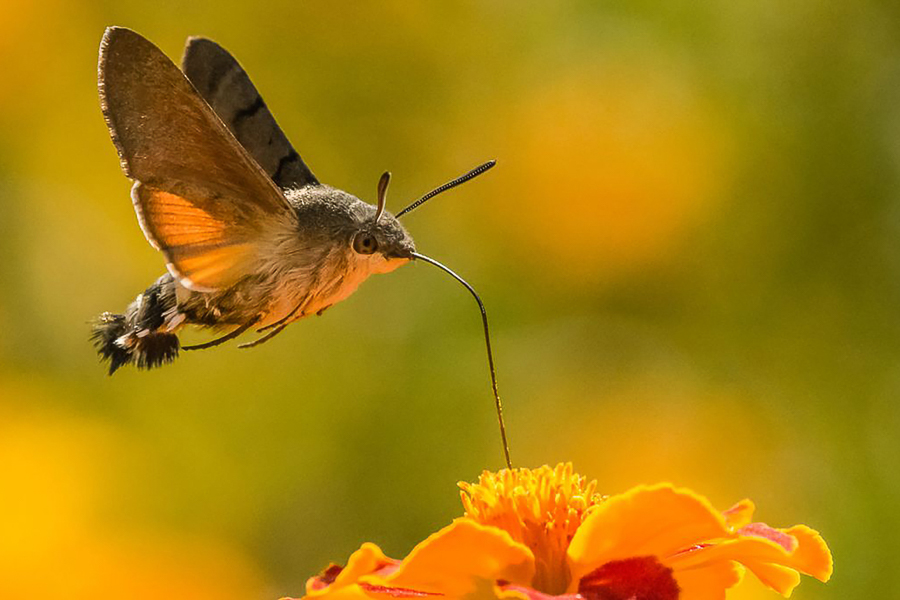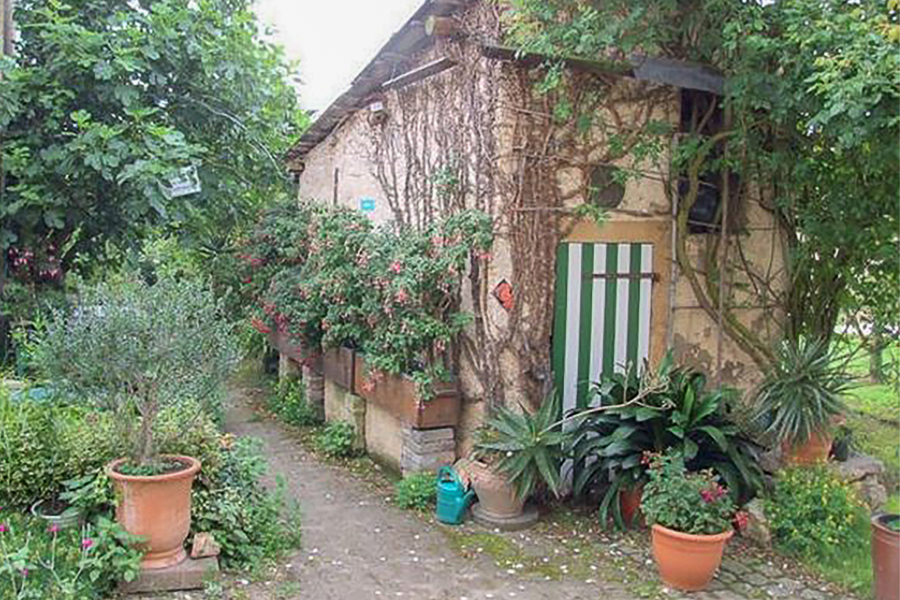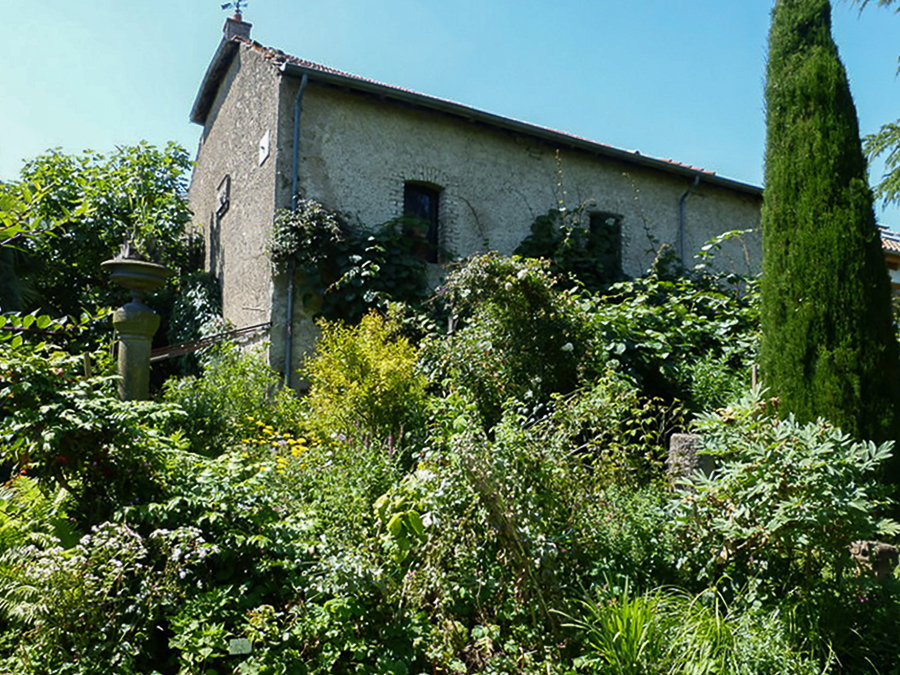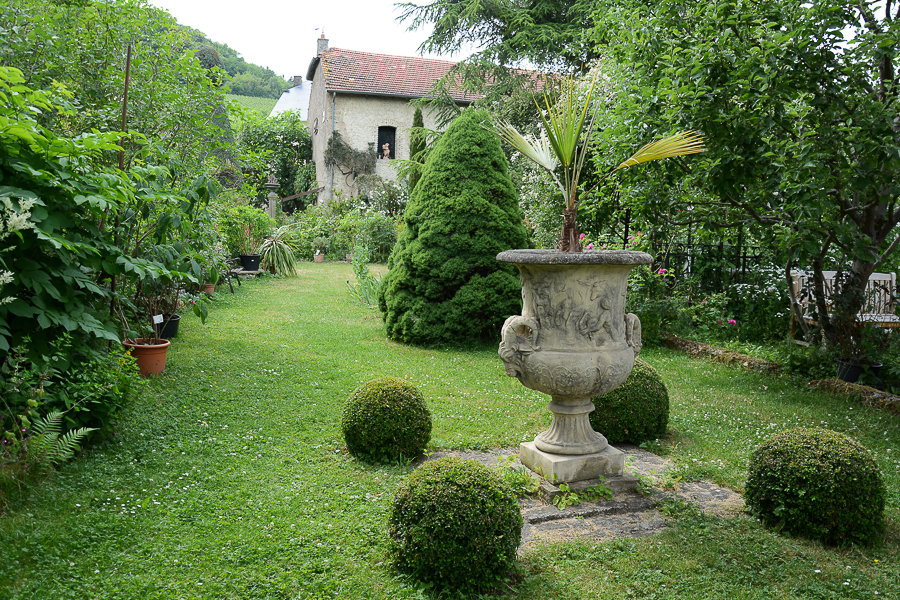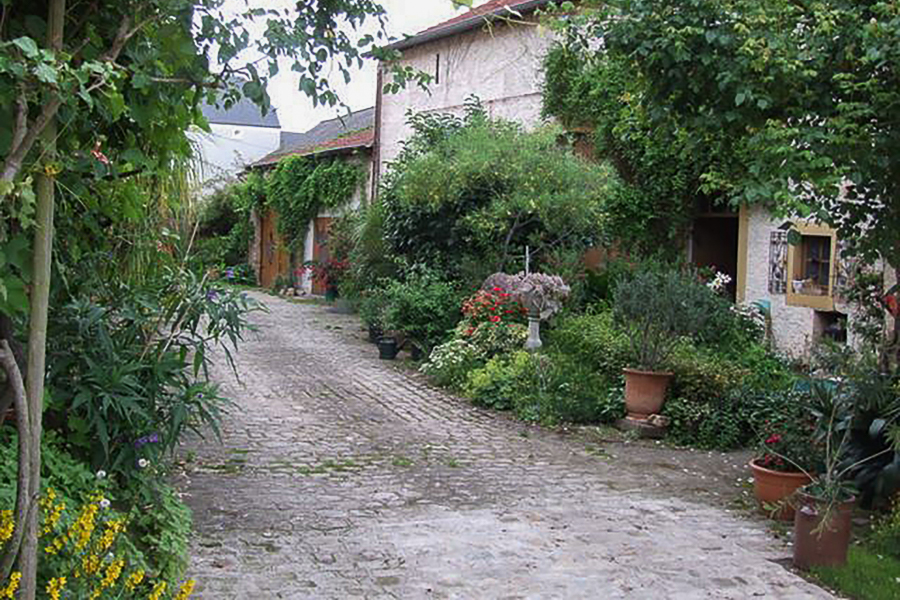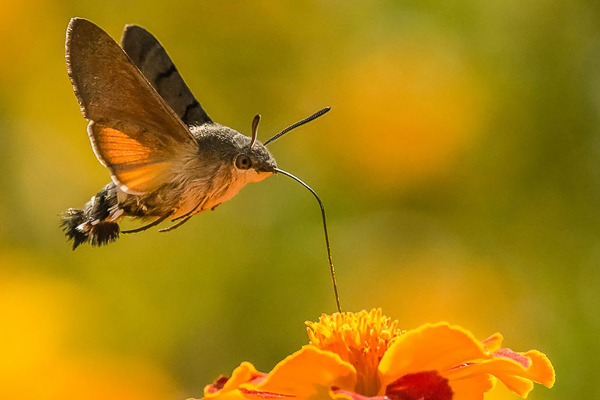 Credit: natur&ëmwelt
Credit: natur&ëmwelt
Luxembourg has what is known as a Temperate Climate in which winters are generally mild and summers comparatively cool, with rainfall that can be high; its flora and fauna have thrived in, and adapted to, this climate over the centuries and millennia, with ongoing challenges due to pollution and recent climate change, as well as the introduction of non-native species, resulting in disruptions to the norm.
Nevertheless, with various initiatives and organisations helping the ecosystem and habitat, including sustainability and re-wilding, there is a lot happening in nature across the Grand Duchy.
Chronicle.lu has teamed up with natur&emwelt (the non-profit organisation (naturemwelt), the foundation (Hëllef fir d'Natur) and the Wildlife Care Centre (Flegeestatioun)) for a series of articles on Luxembourg's fauna in which we look at various mammals, birds, insects, amphibians and aquatic animals, as well as touching on vanishing species returning to Luxembourg, focussing on their lifestyle and habitat, including when and where to observe them.
No. 9 in this series focuses on the Hummingbird Hawk-Moth.
Darting from flower to flower at high speed, the hummingbird hawk-moth surprises with its resemblance to a hummingbird. In Schwebsange’s Mediterranean garden (near Remerschen, between Remich and Schengen), this fast-flying visitor offers a unique spectacle.
Hummingbird Hawk-Moth
The hummingbird hawk-moth is a stout-bodied moth with grey-brown forewings and a wingspan of about 4 to 5 cm. Its hindwings are bright orange, visible in flight. Covered in fine hairs, it features a very long proboscis used to feed mid-air. It hovers like a hummingbird and makes a distinct buzzing sound with its rapid wingbeats. Its speed, hovering ability and darting movements between blooms make it unmistakable once spotted in action.
Lifestyle
This day-flying moth is an active migrant from March to October. It seeks out nectar-rich flowers such as lavender, sage and buddleia. Thanks to its hovering flight, it feeds without landing. It flies even on cool days and can travel long distances. The female lays eggs on bedstraws, which serve as food for the caterpillars. Two to three generations may occur per year. Agile and fast, the moth often returns to the same feeding spots, memorising the best nectar sources in its surroundings with remarkable precision.
Habitat
The Mediterranean garden of Schwebsange spans 1,500 m2 of exotic charm, lovingly maintained by the Hëllef fir d’Natur Foundation. Open to visitors from May to September between 14:00 - 17:00, it can also be toured by appointment. Home to nearly 1,000 plant species — 400 of which are potted and sheltered indoors during winter — it features lavender, fig trees, persimmons, cacti, Chinese pepper trees, almond trees and carnivorous plants. This sunny, sheltered setting creates the perfect habitat for thermophilic insects like the hummingbird hawk-moth, offering warmth and abundant nectar sources.
Where and When to See It
Facing south, with sun-warmed stone walls, the garden provides an ideal microclimate for the hummingbird hawk-moth, especially from May to September. One will likely spot it in the morning or late afternoon, hovering near lavender, sage or dahlias. Thanks to the floral diversity and calm surroundings, it often returns to the same blooms. Remain still and quiet, and one may catch it whirring gracefully among exotic plants — Europe’s very own “hummingbird,” darting through a landscape of Mediterranean splendour.
Observation Tips
Stand still near sunlit flowerbeds and listen for a soft buzz. Watch for its hovering flight — it never lands while feeding. Move slowly to avoid startling it. A camera with burst mode can help capture its flight. Once spotted, be patient: it often returns to the same flower cluster.


